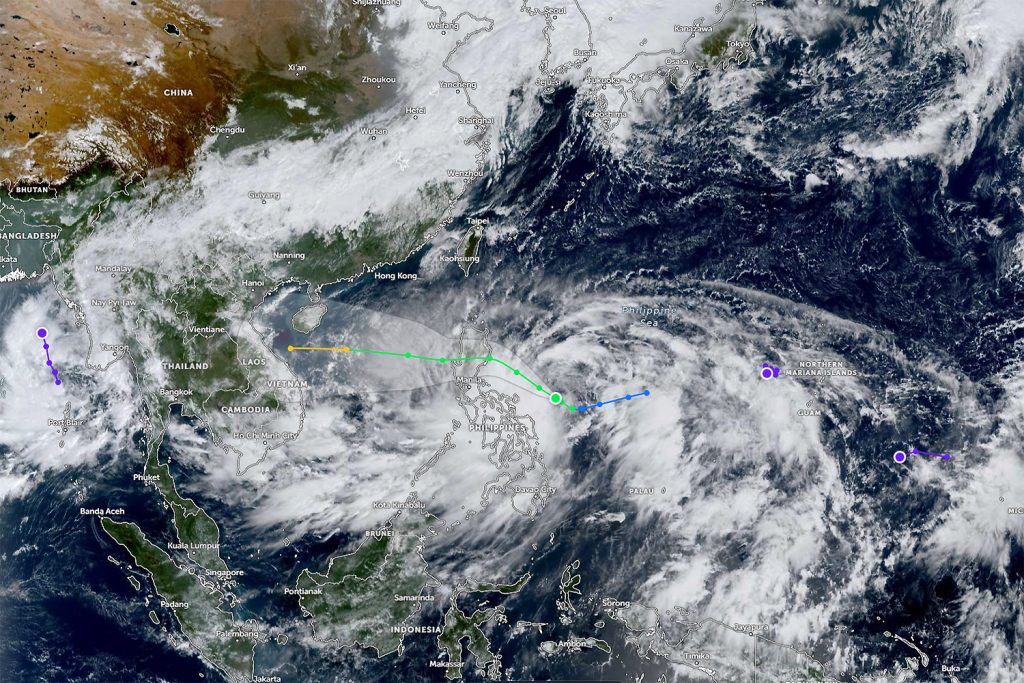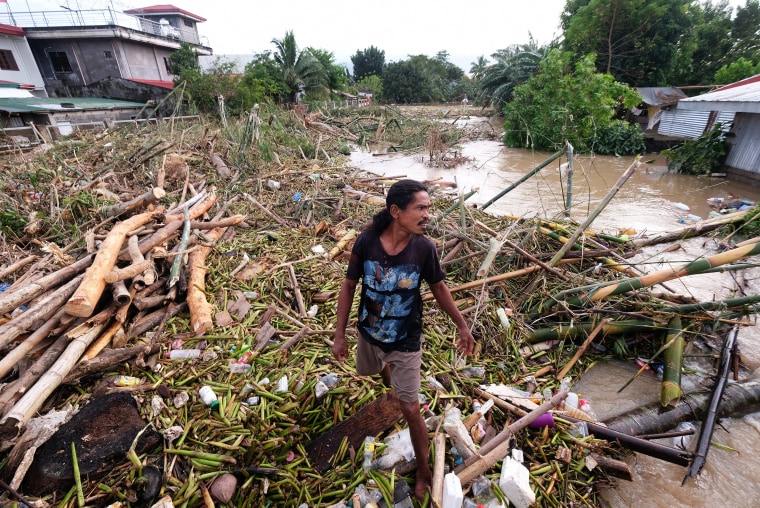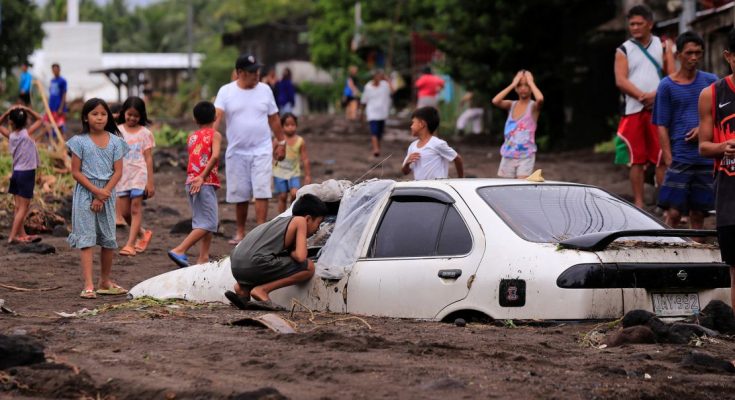BANDUNG, SEATIZENS – Tropical Storm Trami has caused immense destruction in the Philippines this week. The death toll has tragically risen to 81, with about 20 individuals still unaccounted for. Severe flooding and landslides have prompted urgent responses from local authorities. As of October 25, 2023, these figures underscore the serious consequences of natural disasters and the ongoing struggles faced by affected communities.
The Philippine National Police confirmed that 47 victims came from Batangas Province in southern Manila. Additionally, 28 fatalities occurred in the Bicol region, located in southeastern Manila. Reports indicate that four more deaths related to Trami took place in Central and Southern Philippines. Each statistic reflects real lives lost and homes destroyed, emphasizing the widespread impact of the storm.
Rescue operations are critical. Many areas remain submerged, making it difficult for emergency crews to get to those in need. Families have begun to sift through the debris, grappling with their losses while hoping for recovery.
Rescue Efforts Underway

In a bright development, the Philippine Coast Guard reported successful rescue missions on Friday afternoon. Personnel rescued a nine-year-old child and a one-month-old baby. These lives saved highlight the dedication of responders as they navigate challenging conditions. However, such stories of recovery do not overshadow the gravity of the overall situation. The path to recovery and rebuilding will likely prove difficult for those affected.
Trami marks the eleventh storm to strike the Philippines this year. The storm primarily affected Luzon, the central island of the archipelago, leaving behind catastrophic flooding and landslides in both the Bicol and Calabarzon regions.
The National Disaster Risk Reduction and Management Council (NDRRMC) announced that over 2.6 million people have faced the storm’s impact across at least 15 provinces. This data illustrates the far-reaching effects of Trami, as entire communities have experienced destruction, and critical infrastructure has become compromised. Roads, bridges, and communication systems have suffered, complicating disaster response efforts.
Call for Support and Resilience

In light of this disaster, local and international support remains critical. The Philippine government, along with various NGOs and humanitarian organizations, is mobilizing resources for aid distribution. They will provide food, water, and medical assistance to affected individuals. Donor contributions will play a vital role in rehabilitating affected areas and addressing the needs of displaced populations.
This calamity highlights the need for improved disaster preparedness and risk management strategies in the Philippines. Climate change continues to exacerbate extreme weather events, making effective early warning systems and emergency responses essential. By investing in resilience-building measures, communities can lessen the impact of future storms.
Tropical Storm Trami serves as a stark reminder of nature’s unpredictability. As the death toll rises and communities cope with flooding and landslides, solidarity and support become more important than ever. This moment calls for reflection on vulnerabilities, the need for effective disaster management, and the significance of community resilience in an evolving climate. Although recovery will be challenging, collective efforts will help affected areas rebuild and emerge stronger from this tragedy.
(Firyal Trinidad)




